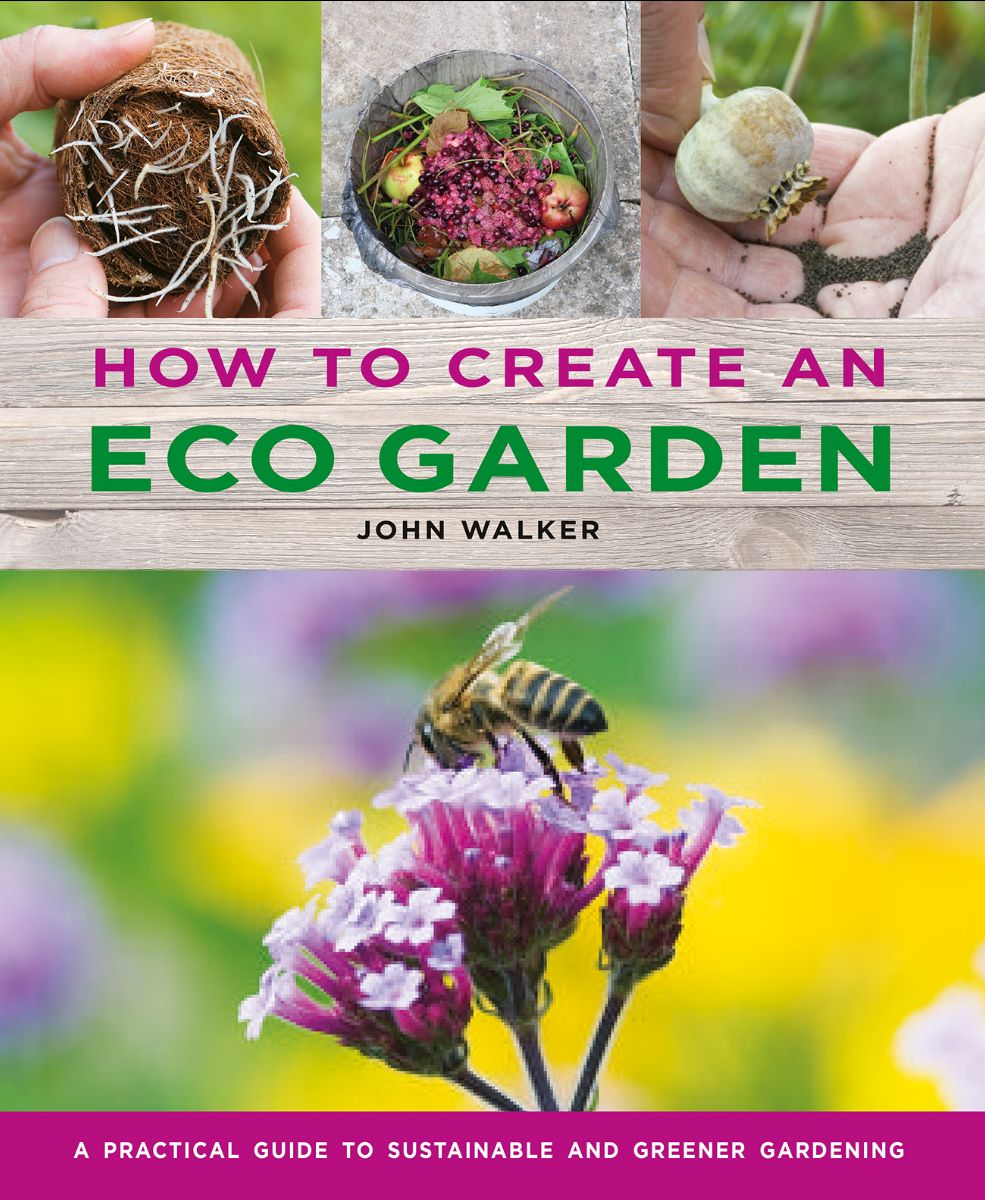Inspired (if that’s the right word) by dodgy and persistent claims that all ‘peat-free compost is rubbish’, I’ve set out to find out for myself.
Since spring 2011 I’ve been putting around 20 different makes of peat-free compost through their growing paces, with some very mixed results.
Mine is a warts and all gardening trial, which aims to recreate the day-to-day experience of raising plants in a back-garden environment – which is a world away from what you might find in a ‘professional’ trial situation.

Three ‘good’ and one ‘ugly’: tomatoes gave different results when pricked out into a range of peat-free composts. To find out which is which, click on the image.
Until the results are transplanted here to earth-friendly gardener, you can take a look at how the trial is progressing over at organicinthegarden.com
You can see how I got on growing a range of different plants: cosmos, lettuce, onion, ‘early’ potatoes, radish, ‘salad leaves’, sweetcorn and tomato. Along with my gardening notes, there are plenty of photographs of how different plants performed, some showing comparative shoot and root growth – and some showing very little growth at all.
Are all peat-free composts ‘rubbish’? No, not at all (that’s just a pernicious myth). But as you might expect, a few are downright ugly, some are simply bad, and there’s a range of rather good ones.





Well … thank you for this information. I actually didn’t know what peat was before reading your account. It prompted to go and find out. I didn’t realize that it’s a harvested material and not a sustainable product. Who knew! I personally don’t use it … I truly never saw the need because my veggies grow beautifully using my own compost material. I grow them in containers on my patio and they thrive. Glad that you linked up on my Meet & Greet … happy to “know” you and now I’ve got you listed in my blog roll … don’t want to miss a thing. 🙂
I use compost that I make myself so never a need to buy it! At the end of the season I pour the contents, uncooked, into my garden beds and cover them and in the spring take the covers off and voila, black gold 🙂 But glad you are calling attention to peat – it’s soooo bad, and I hate how there’s soooo much greenwashing surrounding it as ‘green’.
Looking forward to delving further into your blog 🙂
I’ve tried 2 new peat-free composts recently.
The first one is an unbranded horse manure compost that I bought from my allotment association – photo here – http://pic.twitter.com/xuuHBUeo
I mixed it with home-made 2 year old leaf mould and got reasonable results direct sowing carrots in a layer of it in raised beds and open ground. Erratic germination in March as it was very dry and I couldn’t get to the allotment very often to water; better germination in wet April but slug damage as I didn’t get round to slug protection; better still germination in May with mixed weather and slug protection from eggshells and animal friendly ferric phosphate slug pellets. Photos:
http://img.photobucket.com/albums/v709/philsgarden/compost%20photos/4759ffd0.jpg – lettuce
http://img.photobucket.com/albums/v709/philsgarden/compost%20photos/ee8f7380.jpg carrots
http://img.photobucket.com/albums/v709/philsgarden/compost%20photos/8dcbdb67.jpg carrots
These carrots were sown in pure compost (no leaf mould) in a dustbin and have had virtually 100% germination even in dry March
http://img.photobucket.com/albums/v709/philsgarden/compost%20photos/521ef0b2.jpg
The second one is Vital Earth multi purpose compost, as recommended by John in his article, photo here: http://img.photobucket.com/albums/v709/philsgarden/compost%20photos/aa10eff5.jpg
I ordered it from http://www.gocompost.co.uk/ who deliver by appointment in the Midlands for £4.99.
This, again mixed with home-made 2 year old leaf mould, got excellent results with indoor and greenhouse and indoor sowings in containers. I haven’t tried it in open ground or raised beds yet.
Photos:
These sugar snap peas were sown in containers and planted out
http://img.photobucket.com/albums/v709/philsgarden/compost%20photos/930fd539.jpg
http://img.photobucket.com/albums/v709/philsgarden/compost%20photos/c9a1f9b0.jpg
http://img.photobucket.com/albums/v709/philsgarden/compost%20photos/2719110f.jpg
These squash and beans were sown in a mixture of Vital Earth and leaf mould
http://img.photobucket.com/albums/v709/philsgarden/compost%20photos/a20a252a.jpg
As always the best results are from a mixture home made compost and home made leaf mould. The tomatoes etc don’t seem to mind the chickweed at all
http://img.photobucket.com/albums/v709/philsgarden/compost%20photos/b6e6d05d.jpg
So my trials aren’t as scientific as John’s but I conclude that:
– The unbranded horse manure compost is reasonable when mixed with leaf mould and compares well in price to peat based compost in price, it is bulk bought by the allotment association
– Vital Earth is excellent and compares favourably in price to peat based composts
– Nothing compares to home made compost mixed with home made leaf mould!
I think nature is trying to tell us something.
I read the article in today’s Guardian weekend but was disappointed to find no reference to ericaceous subjects and a compost substitute for peat which is suitable for these acid-loving plants. Did you include these in your tests? Sorry if I’ve missed a reference somewhere.
Thanks for your comment Anita. I didn’t mention ericaceous peat-free compost because it isn’t something I’ve trialled as yet. But it does exist: Vital Earth Ericaceous Compost is peat-free. You can check for Vital Earth’s suppliers online, via their website – or give them a call. http://www.thegreenergardener.com/products/productguide/ericaceous.html